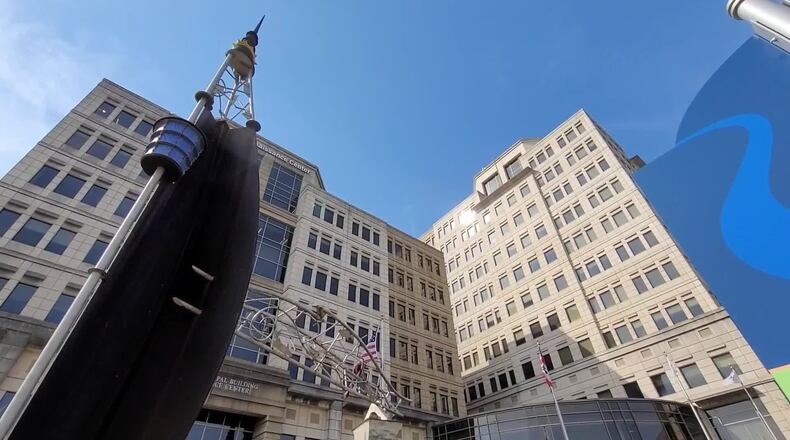Shortly after the windfall was announced the Butler County Mental Health and Addiction Recovery Services Board indicated it would like funding, at least $1 million or so, for a crisis center. Executive Director Scott Rasmus told the Journal-News recently he is taking a step back to do a more in-depth analysis of the project.
“The last thing I want to do is create a facility and its goal or its role in the community is not fully defined or understood in the community by everybody,” Rasmus said. “And that it’s sustainable and that it functions appropriately. So I’ve decided to sort of back off on an RFP or proposal at this point.”
Over the past several years there have been many conversations about what such a center would provide. Early on it was being called a “drop-off” center for the homeless people who experienced a psychotic incident or caused a drug-induced disturbance so police wouldn’t have to take them to jail.
The person would stay from 3 to 5 days and Medicaid would cover the bulk of treatment costs.
More recently the definition has been expanded to a place where police and family members can take people with mental illness who are having an episode. Rhonda Benson, director of the county’s National Alliance on Mental Illness chapter, has said this type of facility has been needed for years.
“There’s that gray area there where they’re really too sick to be on their own at home but they’re not sick enough to get them in anywhere,” Benson said. “It would benefit not just the police but anybody can drop somebody off and they just help stabilize them and identify what type services they need.”
Sojourner CEO Scott Gehring, who has submitted a proposal, said officials have been talking about this project since 2015 and he didn’t want to waste the funding opportunity.
“Since these funds are being allocated now I wanted to make sure we were in line to be able to hopefully get some of the funds set aside,” he said. “Because no matter where this facility is located, there are going to be capital requirements.”
The request asks the commissioners for capital, start-up and operating expenses but “the total costs associated with this project will be projected based on approval of this concept and determination of a facility location.”
During previous debates — that caused a brief rift between the commissioners in 2019 — suggested sites were the Transitional Living Inc. facility on Princeton Road near the county’s Care Facility, and even earlier a former forensic center near the Butler County Sheriff’s Office. There have been concerns about how such a facility would be received by neighbors.
Rasmus, Benson and others visited a similar center in Lima several years ago. Rasmus developed a rough estimate based on the Lima center, and a 10-bed facility would cost about $1 million to create and another $1 million to operate. However he said about 60% of the operating costs are billed to Medicaid.
When he was going to pitch the commissioners, Rasmus said he needed to retool those estimates because he would like to build a bigger facility, perhaps 15 to 20 beds, and because construction costs have skyrocketed during the pandemic.
After he learned of the Sojourner submission Rasmus told the Journal-News another reason he needs more time is the fact they need to find sources of operational funding since the ARP funds expire in 2024.
Commissioner Don Dixon said at this point there is still no clear consensus on what the center should encompass and it is going take the MHARS board, providers like Sojourner and a host of other entities to work this out, especially since county levies could be involved.
As with all other ARP ideas the top priority is whether a project has a funding source for the long haul.
“The service I think has some merit but it depends how it all comes together,” Dixon said of using ARP money for the project. “It sounds like a lot of money but some of the ideas I’ve seen, it takes a lot more than what we’ve got in the grant to keep it going.”
Proposals are still being submitted for the rescue funds — six have been received by County Administrator Judi Boyko —and at last count the requests totaled at least $26 million, not including ideas Commissioner Cindy Carpenter has been collecting countywide.
About the Author

